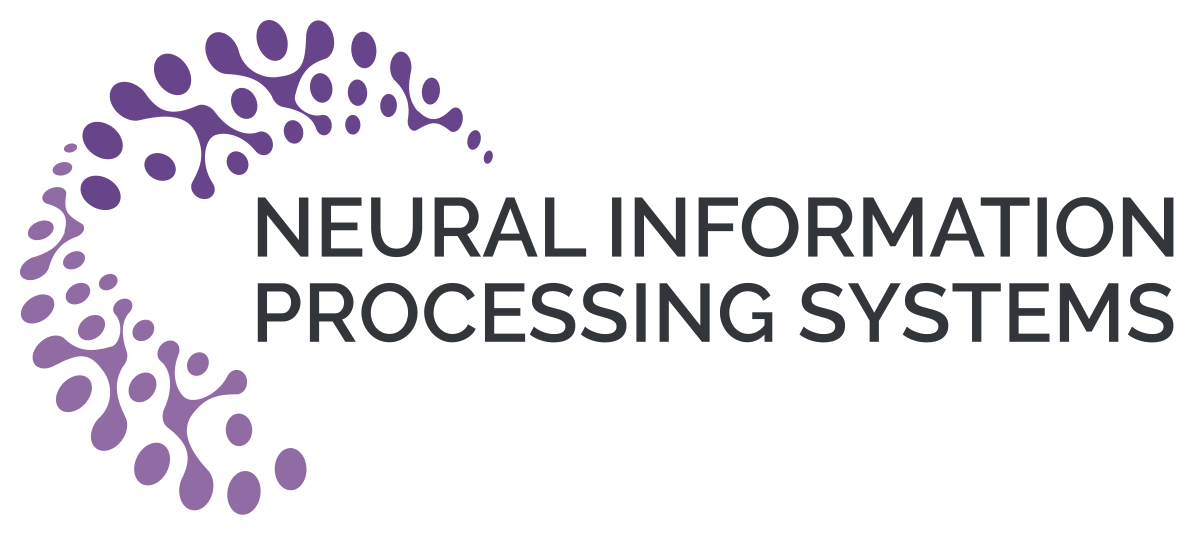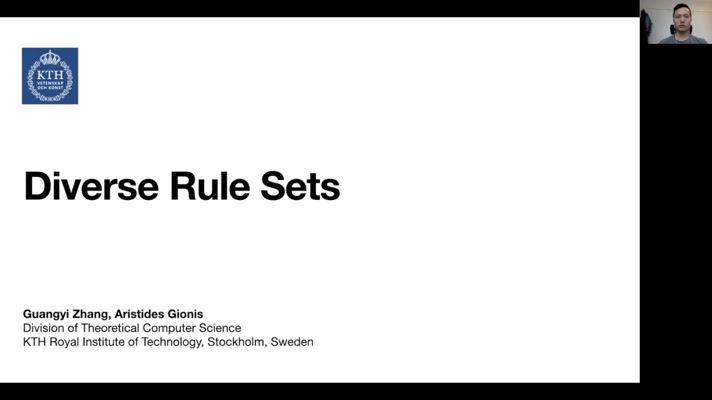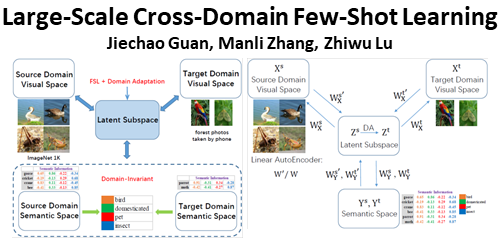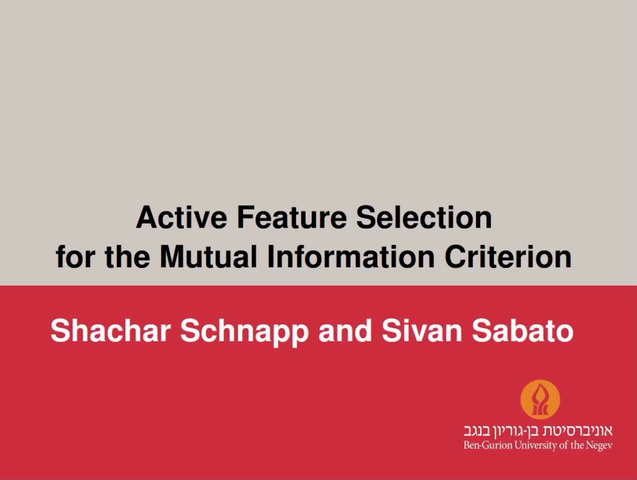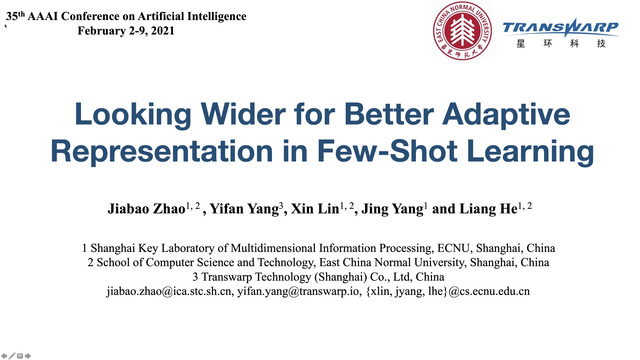Abstract:
Self-organization of complex morphological patterns from local interactions is a
fascinating phenomenon in many natural and artificial systems. In the artificial
world, typical examples of such morphogenetic systems are cellular automata. Yet,
their mechanisms are often very hard to grasp and so far scientific discoveries of
novel patterns have primarily been relying on manual tuning and ad hoc exploratory
search. The problem of automated diversity-driven discovery in these systems was
recently introduced [26, 62], highlighting that two key ingredients are autonomous
exploration and unsupervised representation learning to describe “relevant” degrees
of variations in the patterns. In this paper, we motivate the need for what we call
Meta-diversity search, arguing that there is not a unique ground truth interesting
diversity as it strongly depends on the final observer and its motives. Using a
continuous game-of-life system for experiments, we provide empirical evidences
that relying on monolithic architectures for the behavioral embedding design tends
to bias the final discoveries (both for hand-defined and unsupervisedly-learned
features) which are unlikely to be aligned with the interest of a final end-user. To
address these issues, we introduce a novel dynamic and modular architecture that
enables unsupervised learning of a hierarchy of diverse representations. Combined
with intrinsically motivated goal exploration algorithms, we show that this system
forms a discovery assistant that can efficiently adapt its diversity search towards
preferences of a user using only a very small amount of user feedback.

